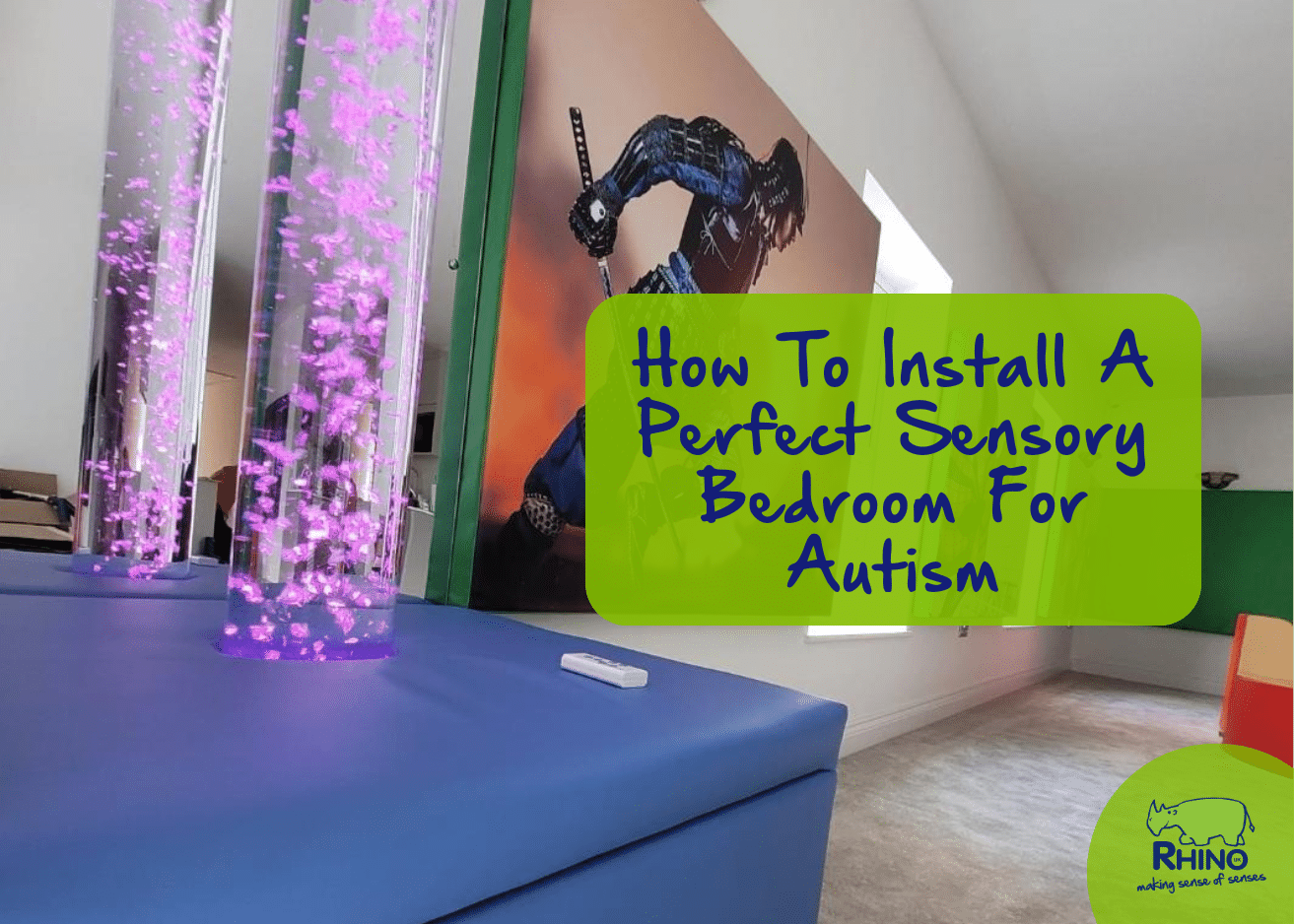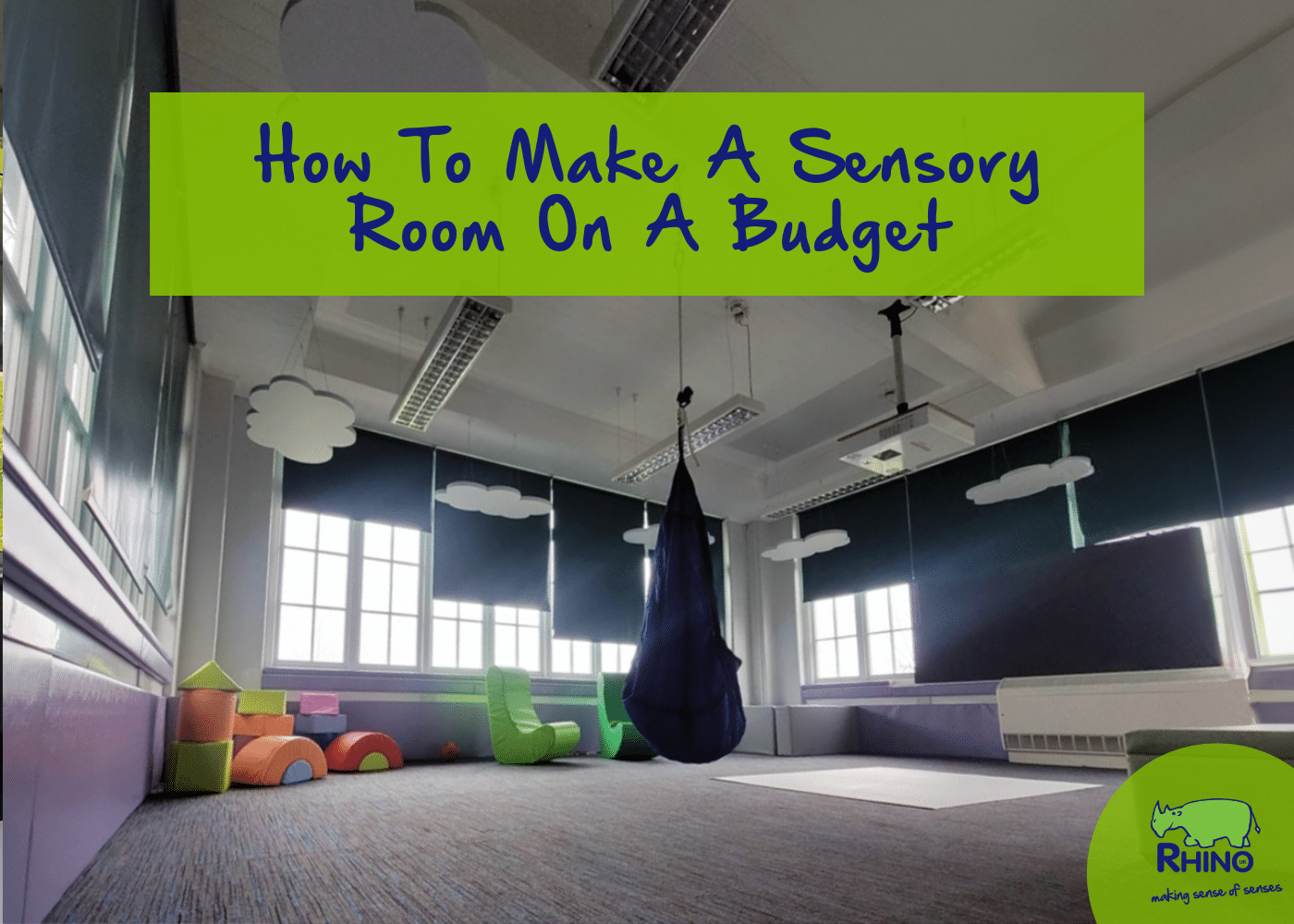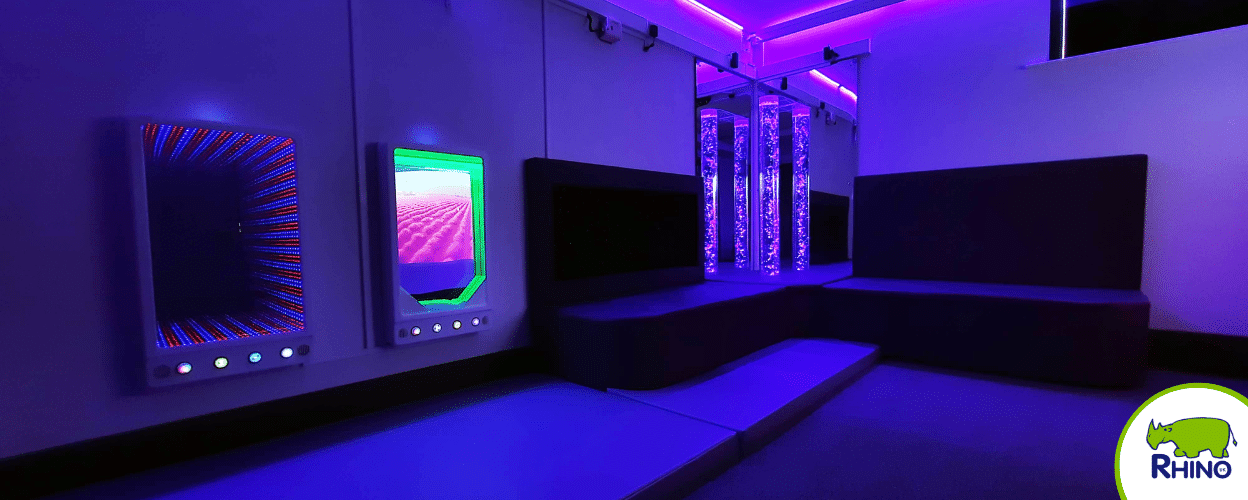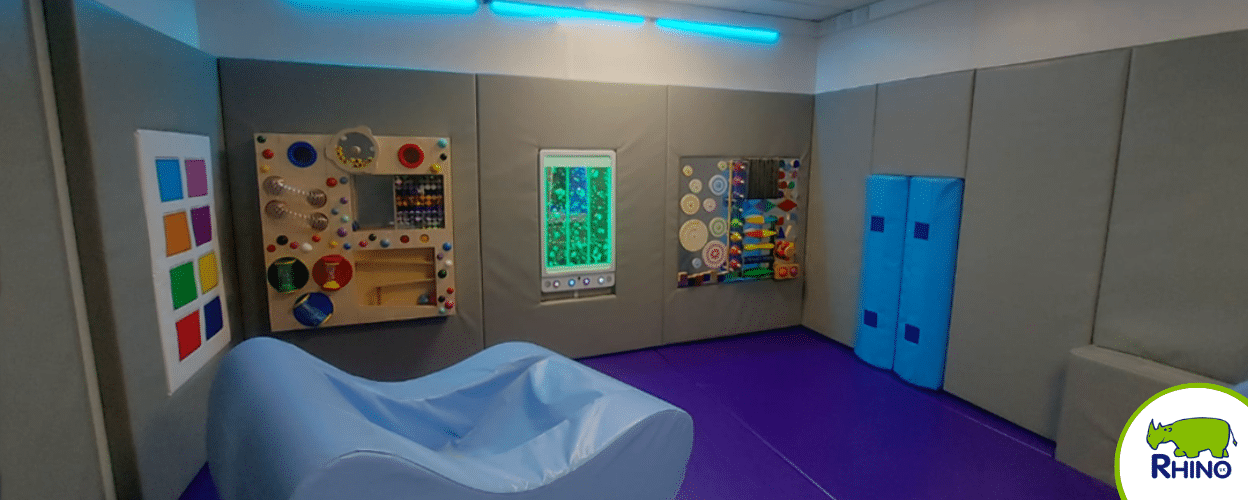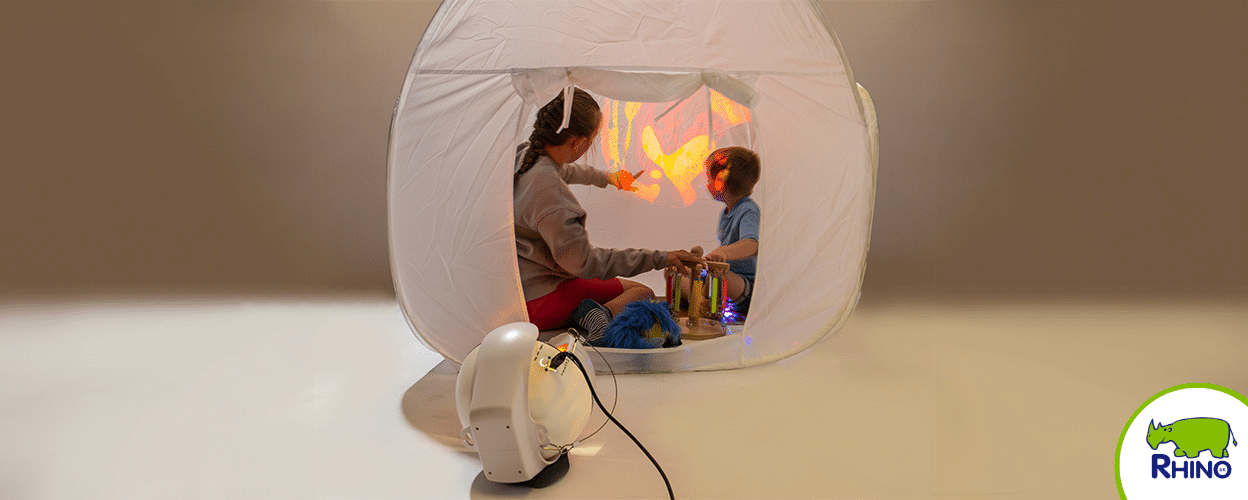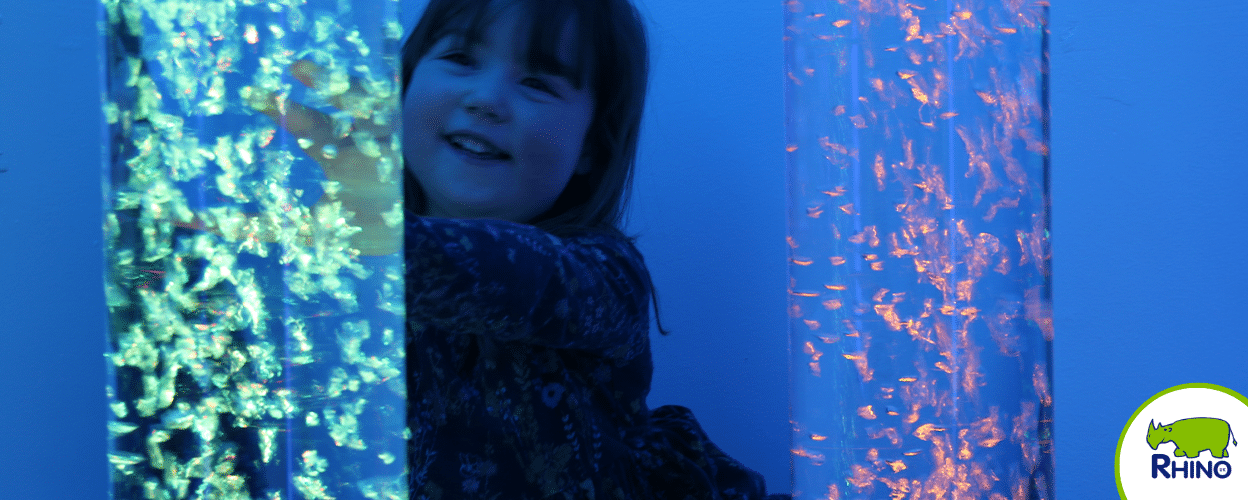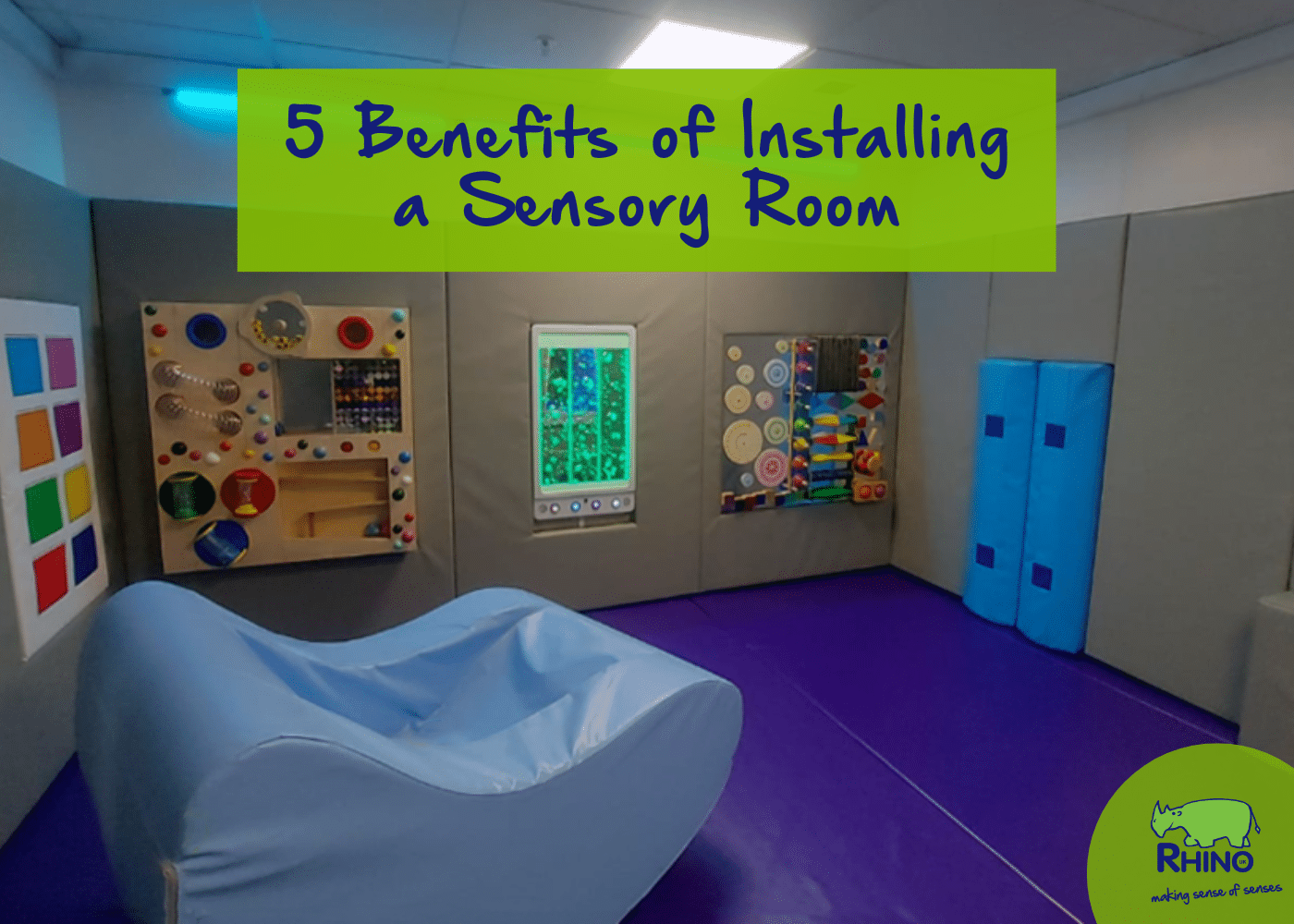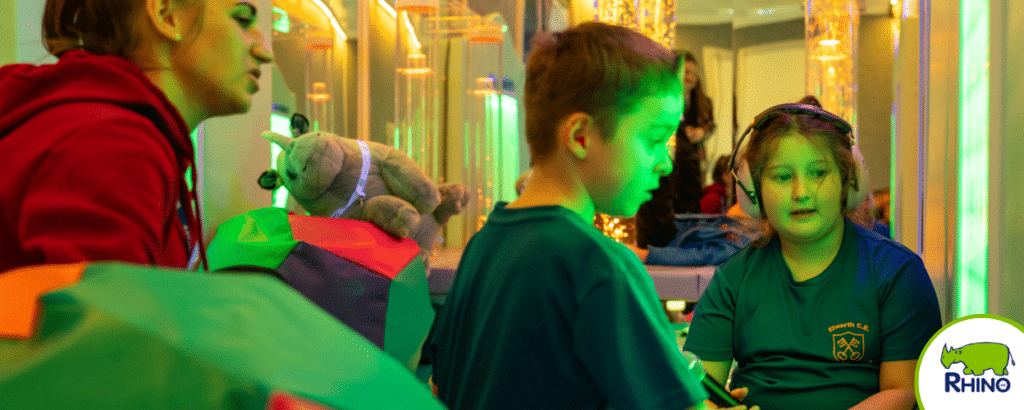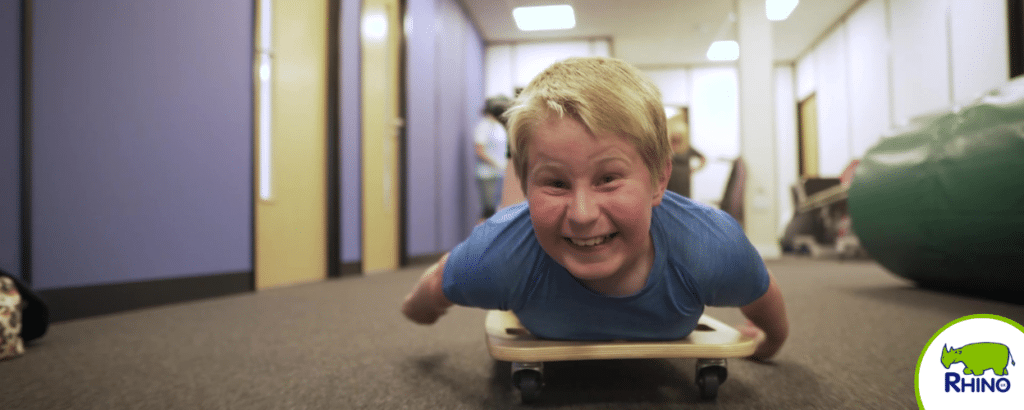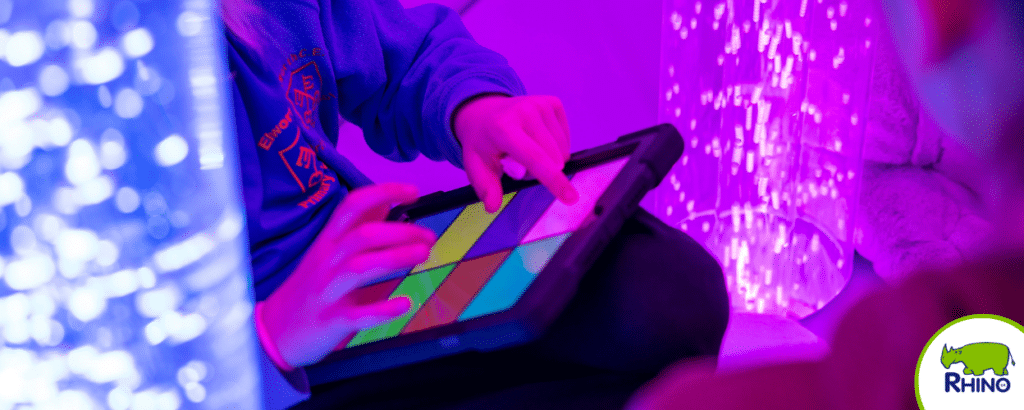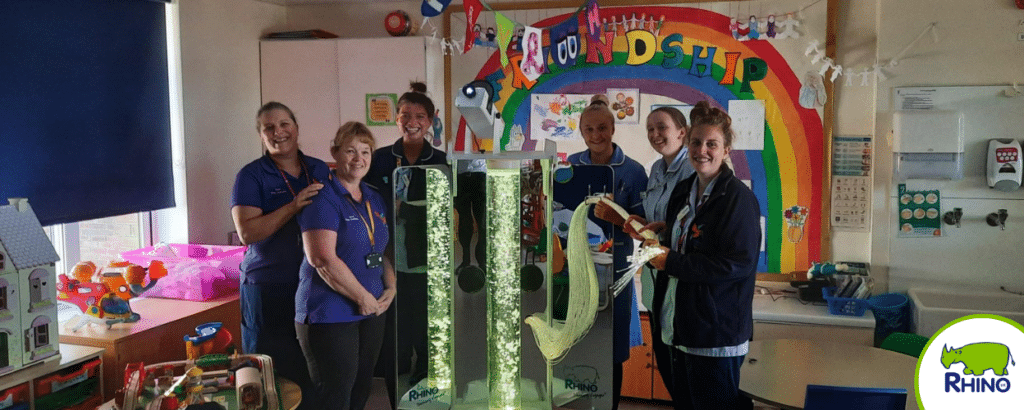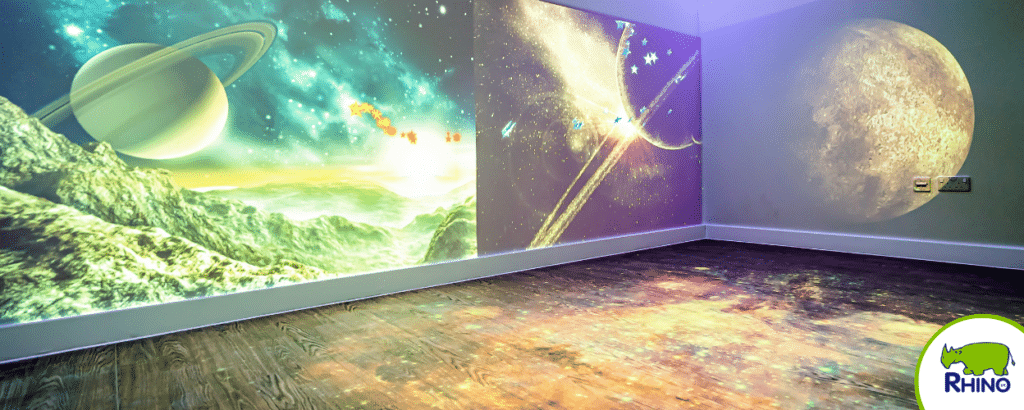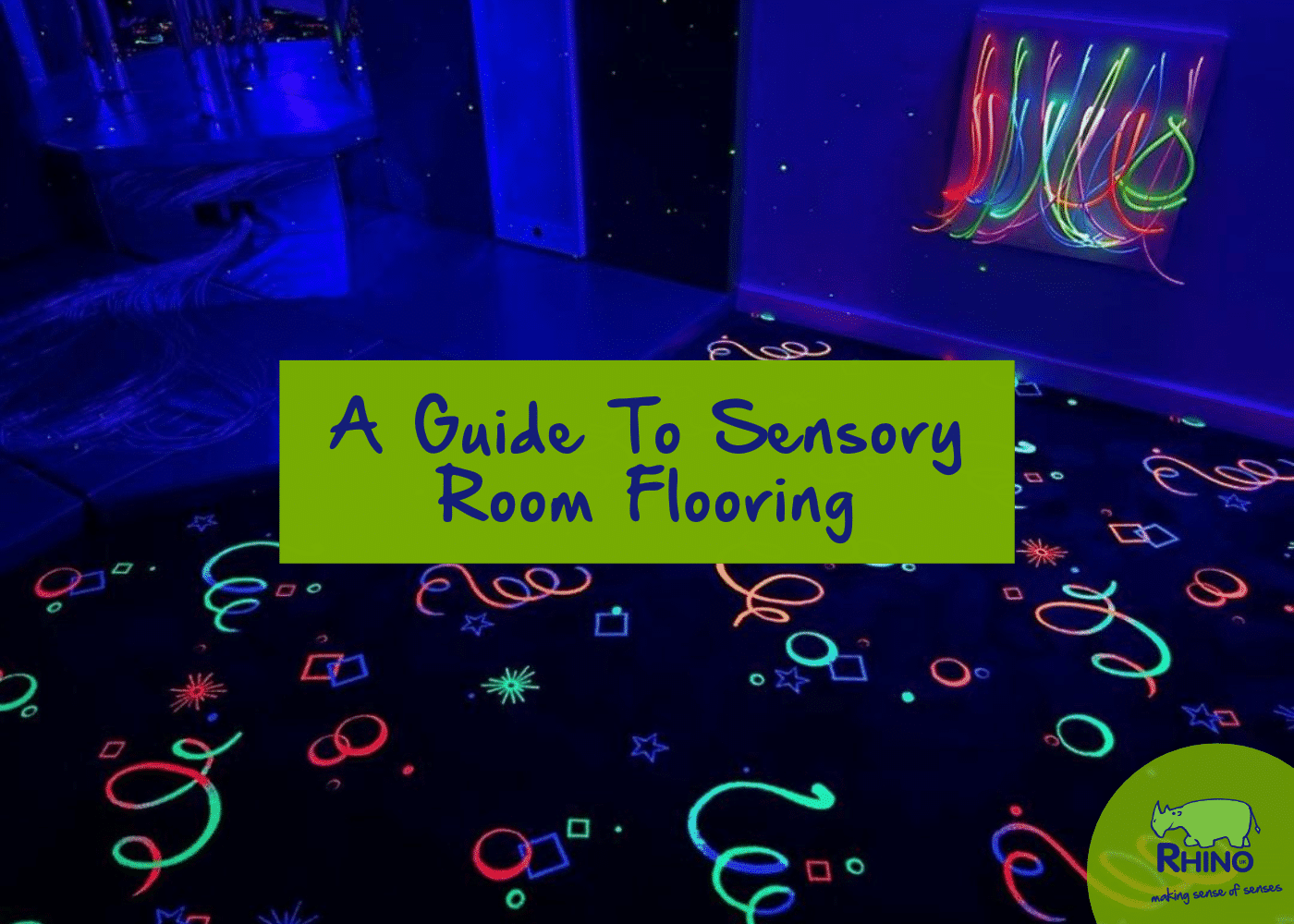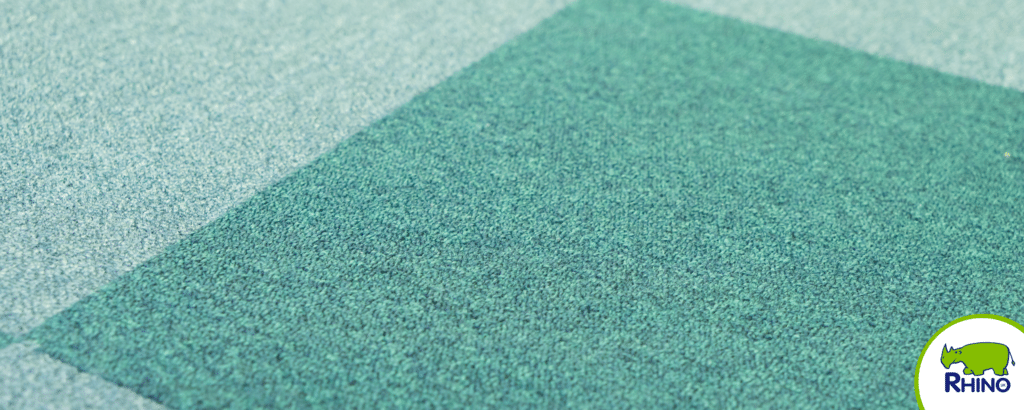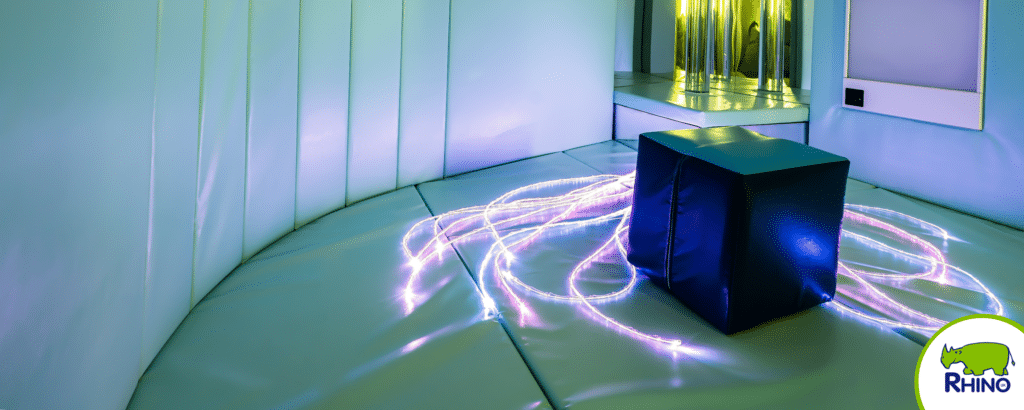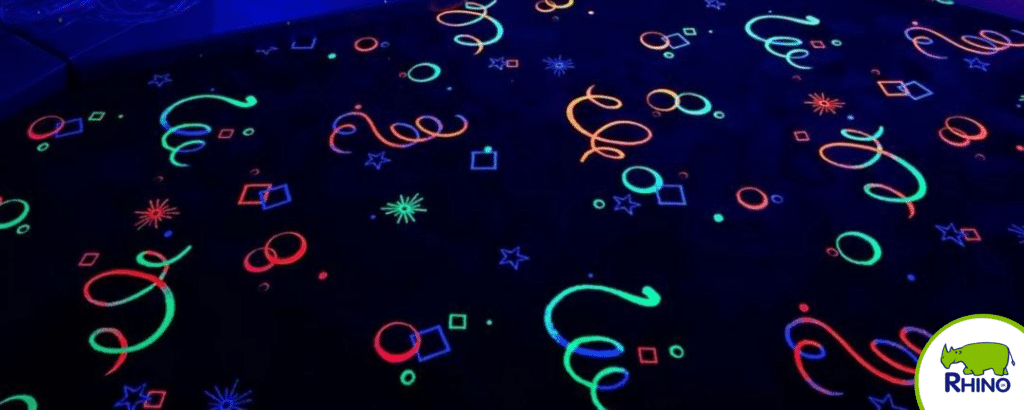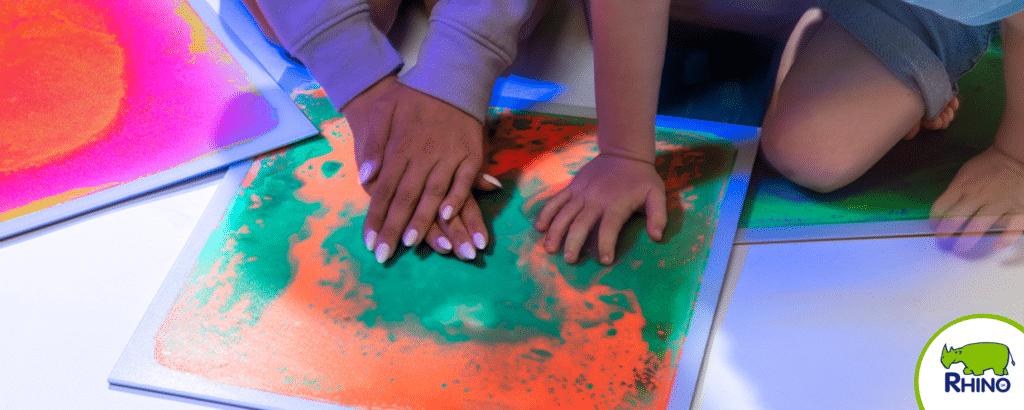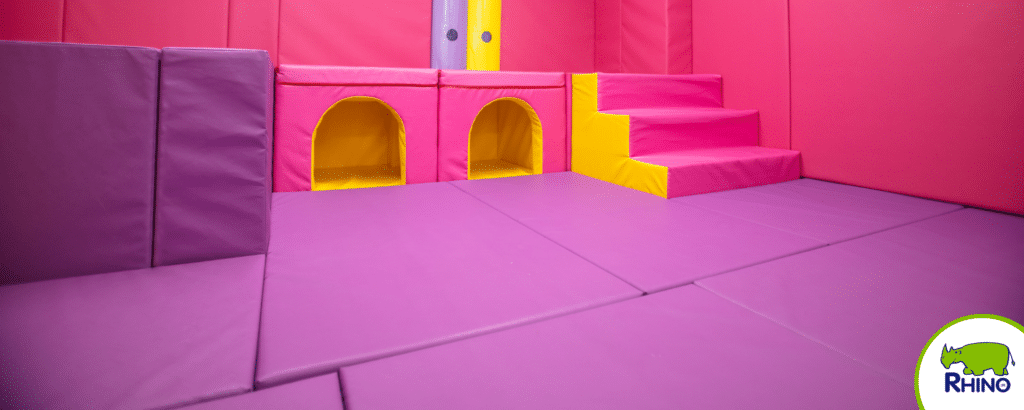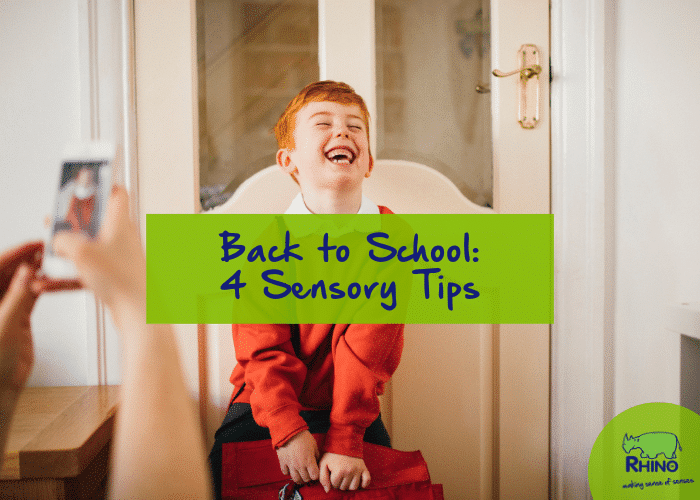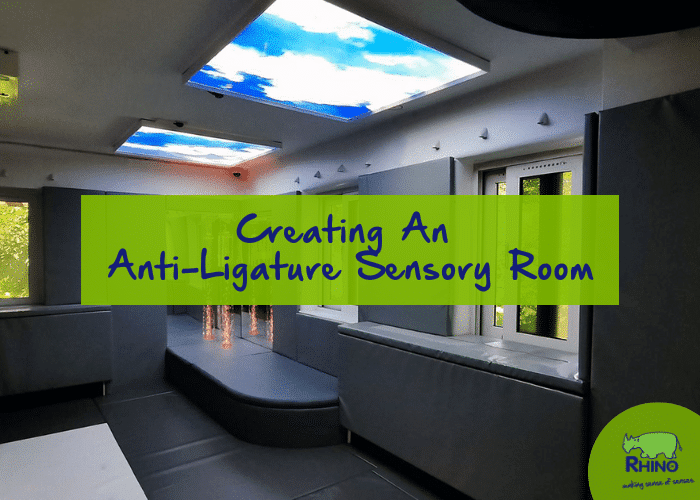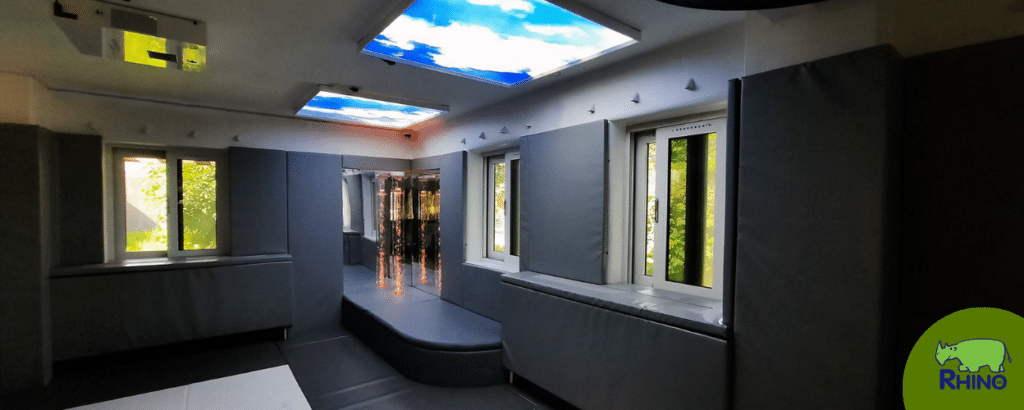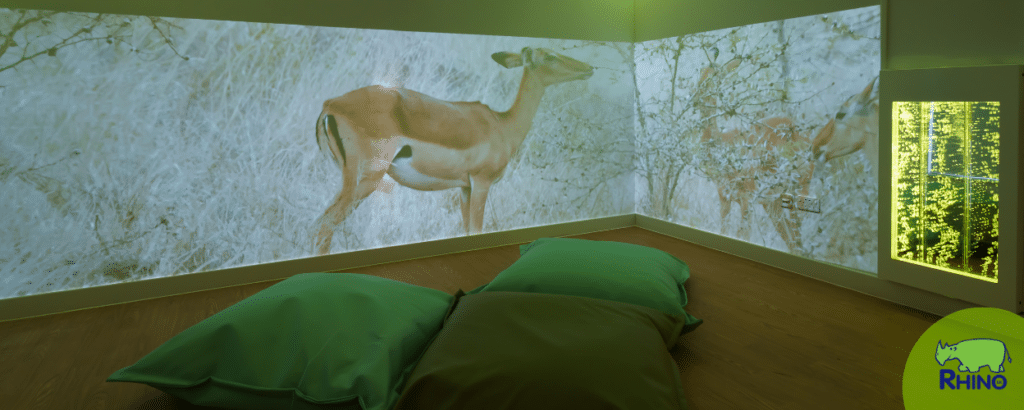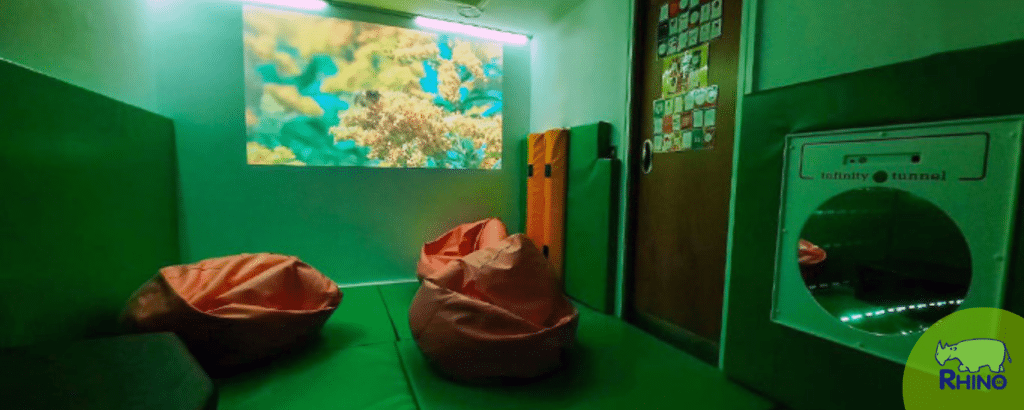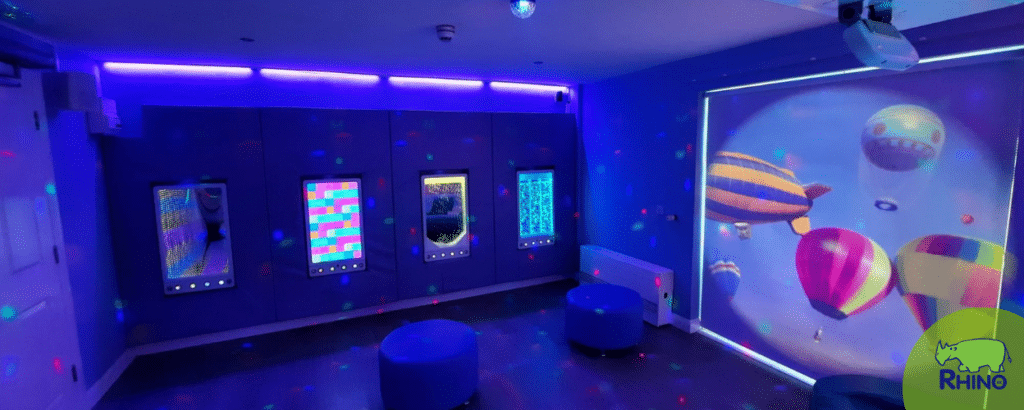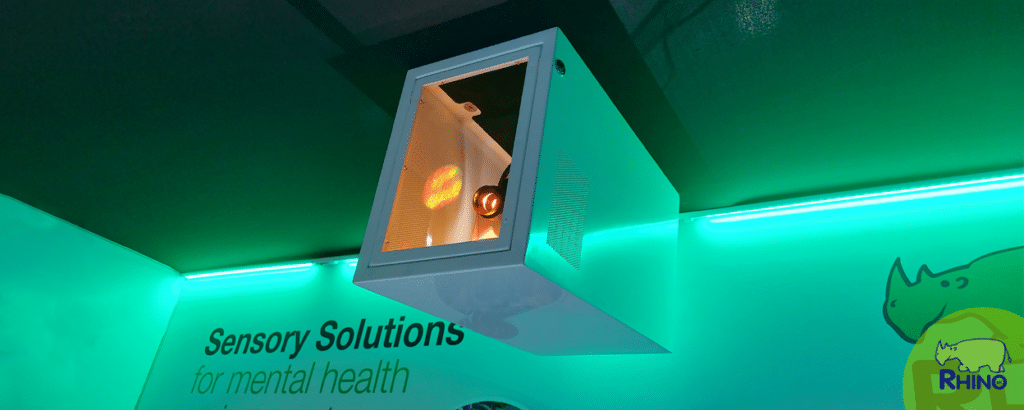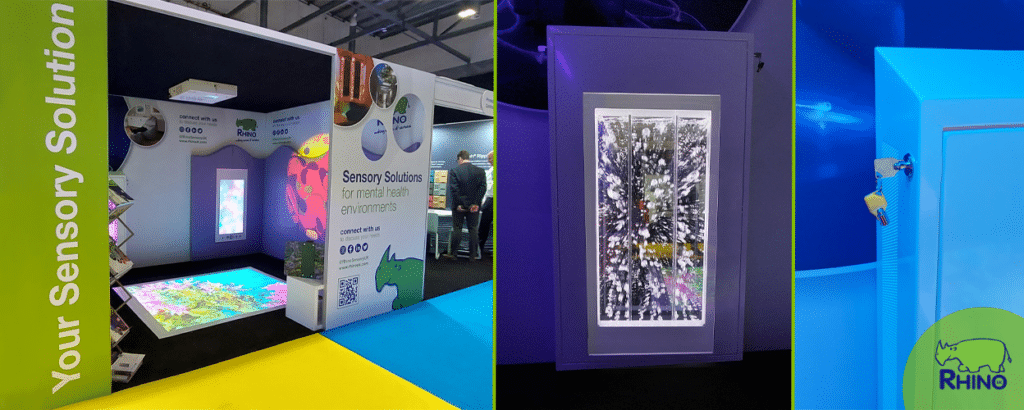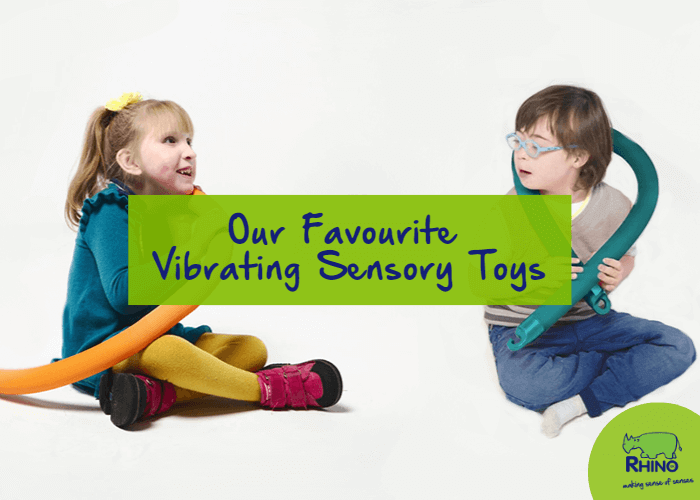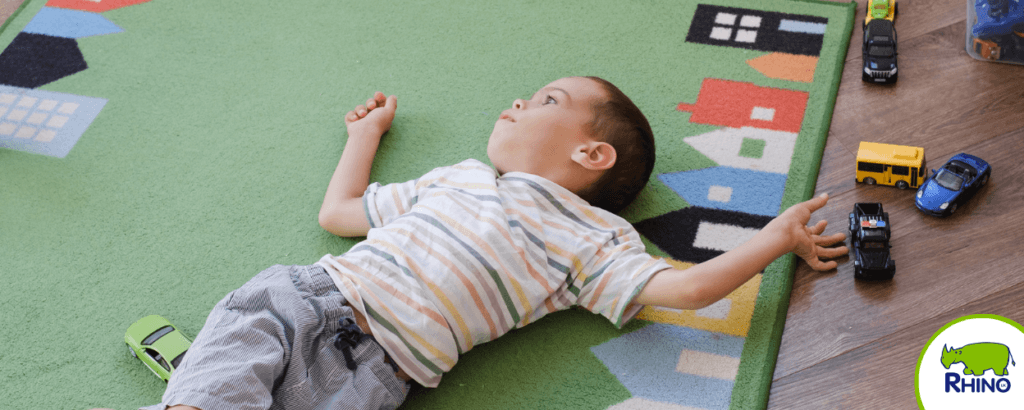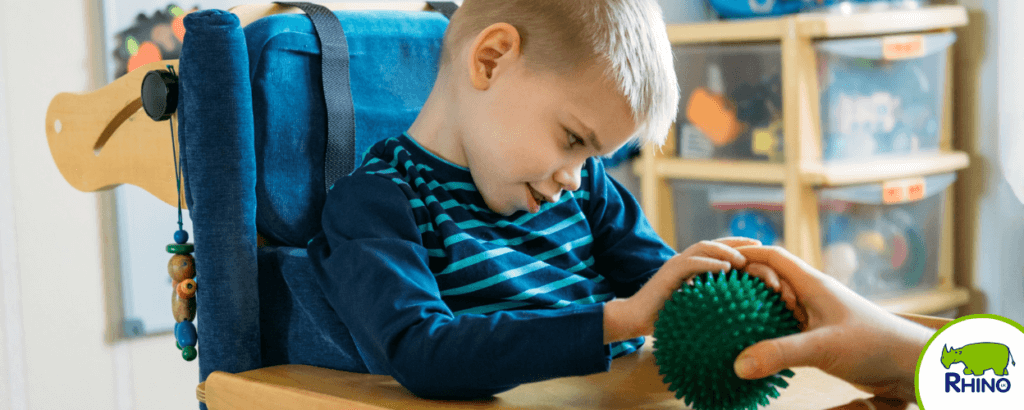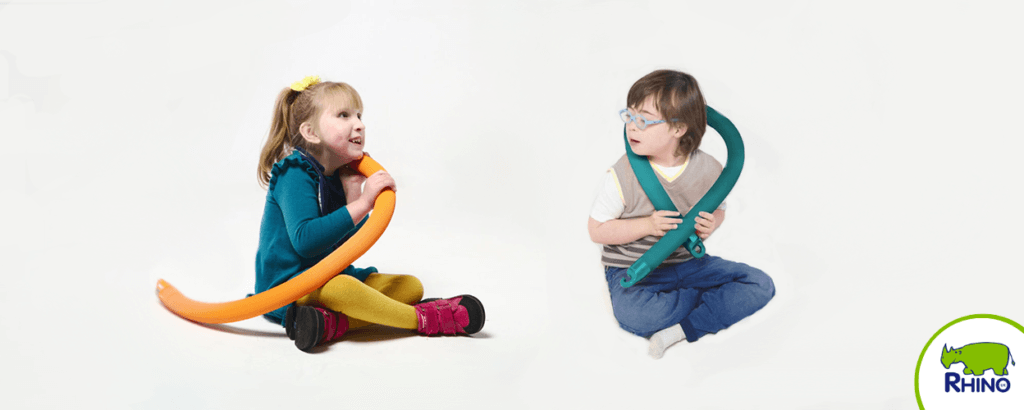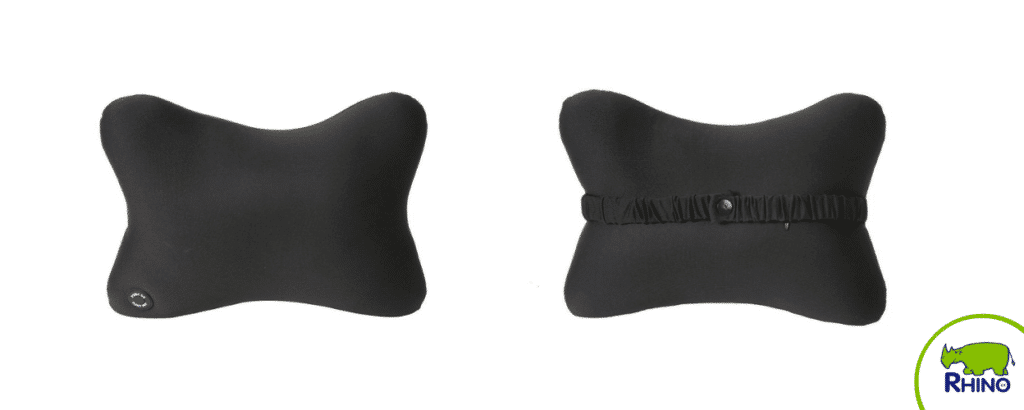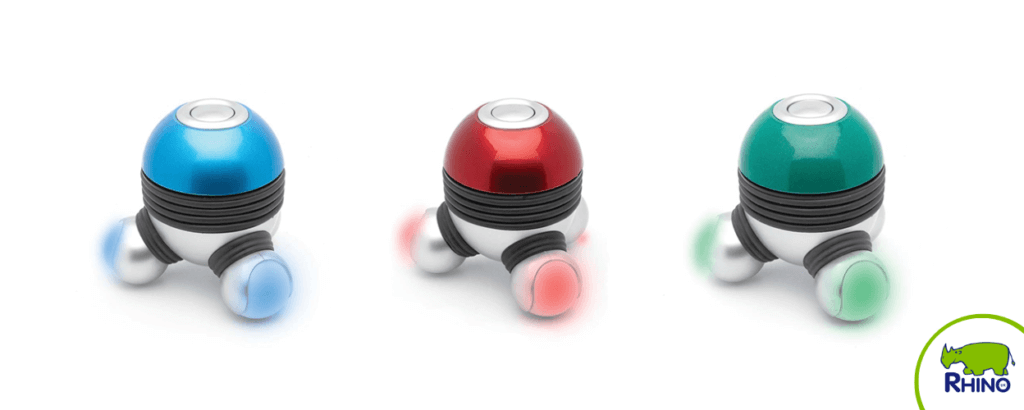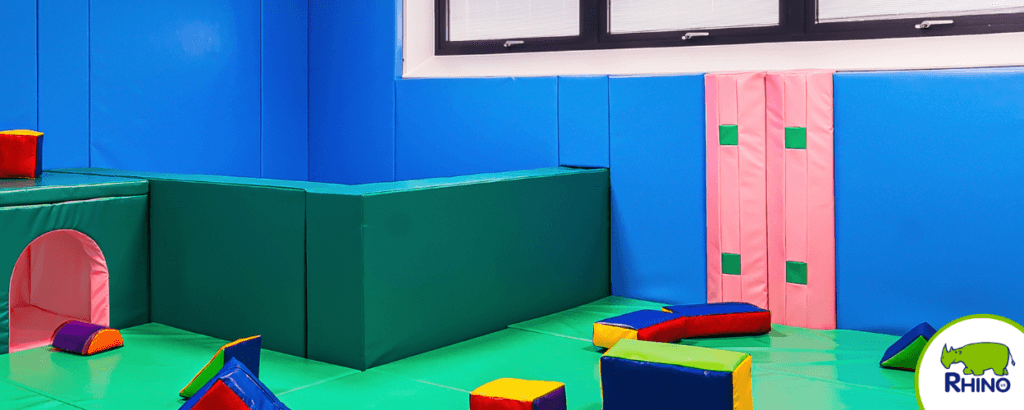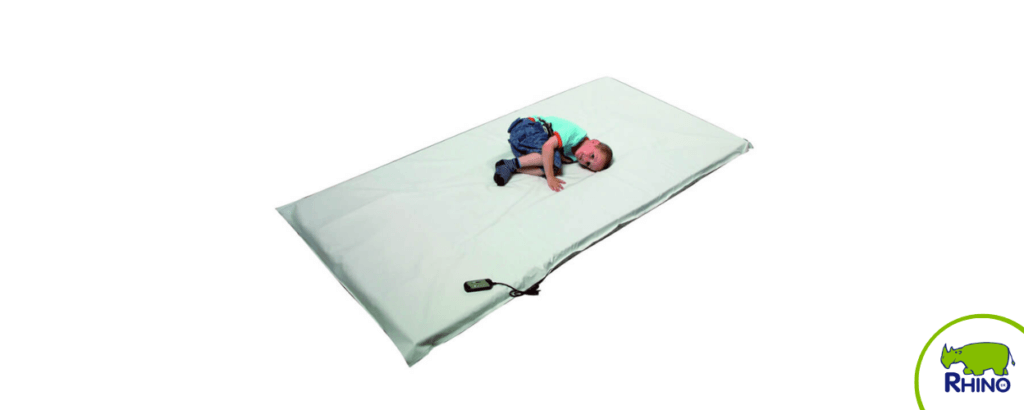There’s lots to love about sensory rooms. If it’s not their dreamy mood lighting, soothing soundscapes, or stimulating textures, it’s probably the fact that each one is unique.
Sensory rooms are typically designed around the needs and abilities of the people using them. For example, people with visual impairments have better experiences in high-contrast ‘dark rooms’ that make good use of glowing UV reactive resources. Whereas, adventurous soft play rooms suit active sensory needs, where users need space to release pent-up energy.
Choosing the right resources for your sensory room can be a tricky task. And with over 800 multisensory items in our shop, it can be difficult to know where to start. To help you out, we’ve asked our expert sensory team to share their favourite sensory resources.
Whether they’re in the studio designing or out on the road installing, our team are always testing and exploring the latest and best sensory products. So, they’re the best people to look for inspiration.
Continue reading to discover our top ten favourite sensory room items, or contact our friendly team directly for personalised advice.

Our Top Ten Favourite Sensory Room Items
1. omiVista Interactive Projector
“My favourite sensory product so far is definitely the omiVista Projector. It’s interactive, fun, engaging, accessible and inclusive for all children and adults. There are over 300+ games that users can interact with; I also like the fact the games are linked to the curriculum so users can learn phonics and numbers as they play.” – Natalie, Senior Project Consultant
2. UV Carpet
“I love the radiant retro sensory glow of our UV Carpets 🤩 They’re simple and effective at transforming simple floors into immersive sensory features. They also look great in room pictures!” – Jess, Content Executive
3. Hurricane Tubes
“I really like the Hurricane Tubes! They are versatile (suiting homes and hospitals alike), easy to maintain and provide an amazing visual effect.” – Kathryn, Sales Administrator
4. Fibre Optics
“Fibre Optics! They offer a beautiful multi-sensory experience. The twinkling lights are so calming, and it’s nice to hold and touch the fibre optic tails as they change colour. They’re easy to clean too, which is handy for hospitals and schools.” – Sarah, Sensory Specialist
5. Large Sound & Light Panel
“I love the Large Sound and Light Panel. It’s fresh, modern looking, robust and provides big visuals. It’s quite a unique item, and it isn’t found in many sensory rooms, but it’s a great therapeutic resource. The panel is also very robust and can be adapted to accommodate a reduced ligature design, so it works in a range of settings 😊” – Lauren, Sensory Specialist
6. Bubble Tubes
“They’re a classic for a reason. Offering bright and bubbly visual effects, Bubble Tubes are calming, stimulating and perfect for therapeutic sensory sessions. They never fail to bring a smile to my face 🙂” – Linten, Sensory Specialist
7. Vibrating Wall Bumpers
“I’m a fan of the Vibrating Wall Bumpers. They always add a nice splash of colour to a sensory space. They’re handmade by our upholstery team, so they are top quality and easy to install.” – Mike, Sensory Room Fitter
8. LED Wall Wash
“I’d have to say the LED Wall Wash. They’re very aesthetic and add a colourful glow to sensory rooms. Who’d have thought something so simple could create such an immersive sensory effect?” – Beth, Fulfilment Manager
9. Large Infinity Tunnel with Buttons
“I like it because it’s robust, large and has a good sensory effect.” – Howard, Pre-Contracts Manager
10. Safety Padding
“Our safety padding is practical and fun. Not only does it make sensory spaces safe for play and exploration. But it also comes in a wide variety of colours, shapes and sizes so that you can easily create a sensory space that matches your style.” – Cheryl, Upholsterer Assistant

More Information
- Read: How to make the perfect sensory bedroom for Autism
- Explore: Our sensory room gallery for inspiration for your project
- Book: A free sensory room design appointment




